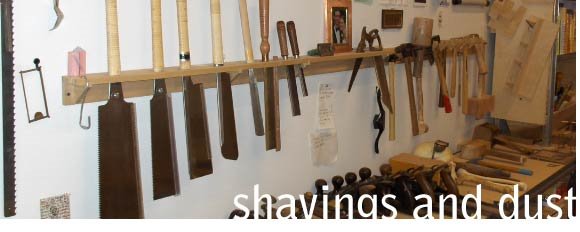i am packing our house in Providence. We had made a lot of plans for this move, but the universe is acting very strongly just now to underline to me that my plans, though entertaining, are not of particular interest to it. Karen and her mother are in Syracuse, and I am here packing. This is the first time in our lives that I have been more or less solely responsible for our collection of stuff, and though it is profoundly overwhelming, it is giving me a chance to ruminate about some things that have been long buried.
Bachelard writes about objects being containers of memory, and yesterday and today have been experiences that completely support that way of thinking. Our 11 year history together has imbued some objects with a lot of memories, years of use layered on to the object, causing it to become worn with the use like an old tool. And some of these are not objects that we handle, you understand. Use can be defined in a myriad of ways.
Yesterday I came across a little glass vase. We never keep flowers these days, as our cats treat them as snack bars, but there was a time that I kept fresh flowers in the apartment all the time. When we got married, Karen’s parents lived in Qatar, and brought these exquisitely delicate little glass vases to put on all the tables as gifts for those who came to the wedding. We have a couple left that we have (miraculously) not broken, and it was one of these that got packed yesterday. It has been living on our dining room table for a while now, and every time I look at it I think about our wedding, and our early years and who we were then and who we are now. Not, maybe, in a conscious way, maybe a more symbolic way, but truly, every time my eyes land on this little object these thoughts flash through my mind.
That is what I mean by using something without handling it. The house is full of objects like that.
Then there are the objects that had not seen the light of day in a long time, that bring back a flood of very specific memories. Deep in the back of the closet I found a pair of black leather pants. I know you don’t believe this, but I swear it is true. In about 2000 or 2001 Karen bought these and actually wore them. I remember this, clear as day. I remember standing at the top of the stairs in our apartment in Bed-Stuy in Brooklyn and her wearing these pants. We were younger, of course, and in a very different stage in our marriage, and all of that was contained in these pants. I had supposed that they had been given away years ago, but no, here they were, stiff with non-use, but carefully preserved in the vault of the closet.
These memories, these histories of us are written in the everyday objects around us. Everything is a totem in our house, everything is a record-keeper. I am so careful about and enamored with the process of making because the objects that we make are not anonymous. They are not disposable. They are all endowed through their inclusion in our life with great import.
Of course I realize that the objects that are important to me are not necessarily as heavy with memory and meaning to others. My sister and her wife were here yesterday afternoon helping. This impromptu packing process has required us to lean heavily on the support of those who love us, and I have been truly thankful to be so blessed with loving family and friends. As they packed our kitchen and the stoneware that my mother made for us, I watched story after story get carefully wrapped and stowed away, realizing that in some ways it can be helpful not to feel the weight of the history in each object. For that reason (among others) moves are easier when someone else packs. They could wrap and put in boxes objects that I would have had to contemplate individually, a process that can take quite a bit of time.
Now I am moving through a maze of some of the most emotionally brutal objects: boxes taped shut.

They are the defining aesthetic feature of this space at the moment, and require a different system of navigation, both physically and emotionally. The speed with which this move came upon us has not given me time to grieve for leaving this space, which has been the most positive space in my life in years. I have loved being here, and have learned a lot and grown a lot here, all (I think) to the better. Providence is a good city, and this has been a good house. And I will miss it. We are moving on to great things, and an exciting new chapter in our lives, and I know that, but this has been a good chapter too, and I feel that it is ending abruptly. Too abruptly.
So I will put our memories in boxes, trying to be care-full and respect-full not only of the process of this transition, but also the outcome. I will do this with the knowledge that all of these objects are not leaving our lives, they are coming with us, supporting us, recording for us our paths toward parenthood and a new environment, a new space, a new part of our lives.

